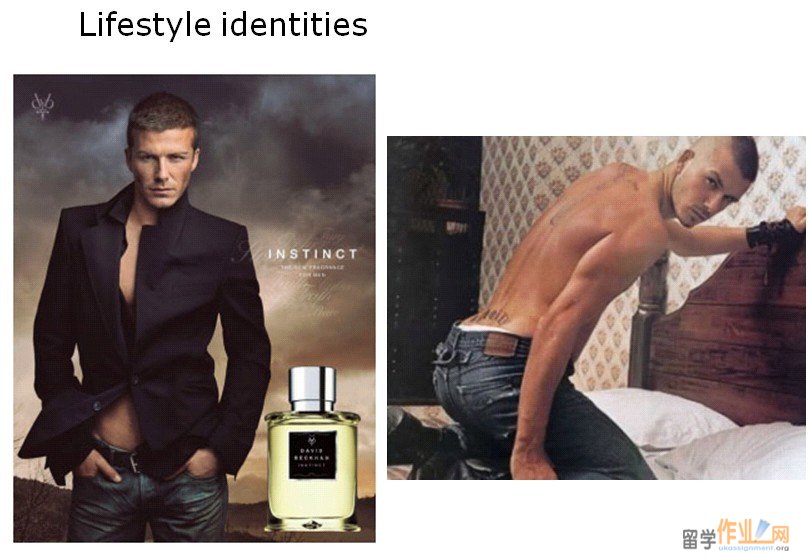|
法国留学生品牌管理assignment指导Branding Arvidsson (2006) states that brands are a “capitalist response to the hypermediatization of the social that prevails in informational capitalism” (p. 136).

Branding Brands can be defined as “an interface between producers and consumer” (Lury, 2004, p. 48) and, by means of the careful design and management of semiotic material, they also function as “a form of immaterial capital” or symbolic currency for economic or political profit (Arvidsson, 2006, p. 7).
BrandingAs Aronczyk (2008) states, “corporate branding is a demonstrably effective way to assign unique identification by consciously highlighting certain meanings and myths while ignoring others” (p. 43).Branding Brands can be defined as “an interface between producers and consumer” (Lury, 2004, p. 48) and, by means of the careful design and management of semiotic material, they also function as “a form of immaterial capital” or symbolic currency for economic or political profit (Arvidsson, 2006, p. 7). Culture?
Appadurai (1996) “The idea of culture as involving the naturalized organization of certain differences in the interests of group identity, through and in the historical process, and through and in the tensions between agents and structures.” (p. 14)
Media?
What is the role of media in… … cultural (re)production in the context of disjunctive flows? … the relationship between nations and states? … the indigenization of cultural forms? … the production of locality within the flows of globalization?
What is the role of media in… … cultural (re)production in the context of disjunctive flows? … the relationship between nations and states? … the indigenization of cultural forms? … the production of locality within the flows of globalization?
Cultural domination?
Hesmondhalgh (2007) U.S. domination of international cultural trade: 1) size and nature of domestic market for leisure in the U.S. 2) active role of the state
1) Size and nature of domestic market for leisure in the U.S. - From an early stage, larger and wealthier market than any other in the world - U.S. production companies could cover costs at home and treat overseas markets as sources of further profit - Early years of television, greater repertoires of programming - Post WW II, many economies were rebuilding, but U.S. television market was establishing itself much earlier #p#分页标题#e#
2) Active role of the state/government organizations - promotion of cultural industries abroad as a means of securing export income - also, promotion of set of beliefs and values concerning how to organize production and consumption
2) Active role of the state/government organizations - In UNESCO forums after WW II, U.S. representatives pressed relentlessly for the notion of a free flow of information and entertainment across the world - post-war foreign aid was tied to stipulations that U.S. cultural exports would be permitted - contribution to communication infrastructures, such as satellites - …
Cultural imperialism thesis Most popular in the 1970s and 1980s - imposition of Western cultural products on the non-West - the potentially homogenizing effects of Western culture as it spreads across the world - the destruction of indigenous traditions by such cultural flows
Advantages and disadvantages of the cultural imperialism thesis?
Appadurai (1996) The case of Indian cricket - Cricket as a ‘hard cultural form’ and a colonialist import - However, it has become profoundly indigenized - Indigenization tied to colonial/national history - But key role of language and media: - Radio commentaries from English (1930s) to also Hindi, Tamil, Bengali (1960s); sport ‘pidgin’ - Television, since 1960s, and printed materials
“Society, Burke (1994) has said, is like a conversation where people join in, say their piece, and leave. Global media models of the world and its peoples are one voice in that conversation. They not only entertain, they also transmit views about the way the world works, about how people behave or should behave, and about the problems we encounter and the solutions that are available for dealing with them. Like stories told around the campfire, they promote and criticise some identities and kinds of social organisation and celebrate others. In doing so they reflect the interests of the storyteller.” (Machin and van Leeuwen, 2007, p. 39)
Discourses “different ways of knowing – and hence also of representing – the same ‘object’ of knowledge” (van Leeuwen, 2005, p. 94)
|



